By Lenore Vickrey
When my son got married in 2010, I gave my future daughter-in-law a cookbook of several family recipes. I got a number of contributions, including pound cake and pineapple casserole from her grandmother, lasagna roll-ups and holiday candy from her future aunts and cousins, and peach cobbler from my mother’s recipe box, and then produced the book using an online source. The result was a hardback binder with fancy stock photos and the recipes neatly arranged on cardstock.
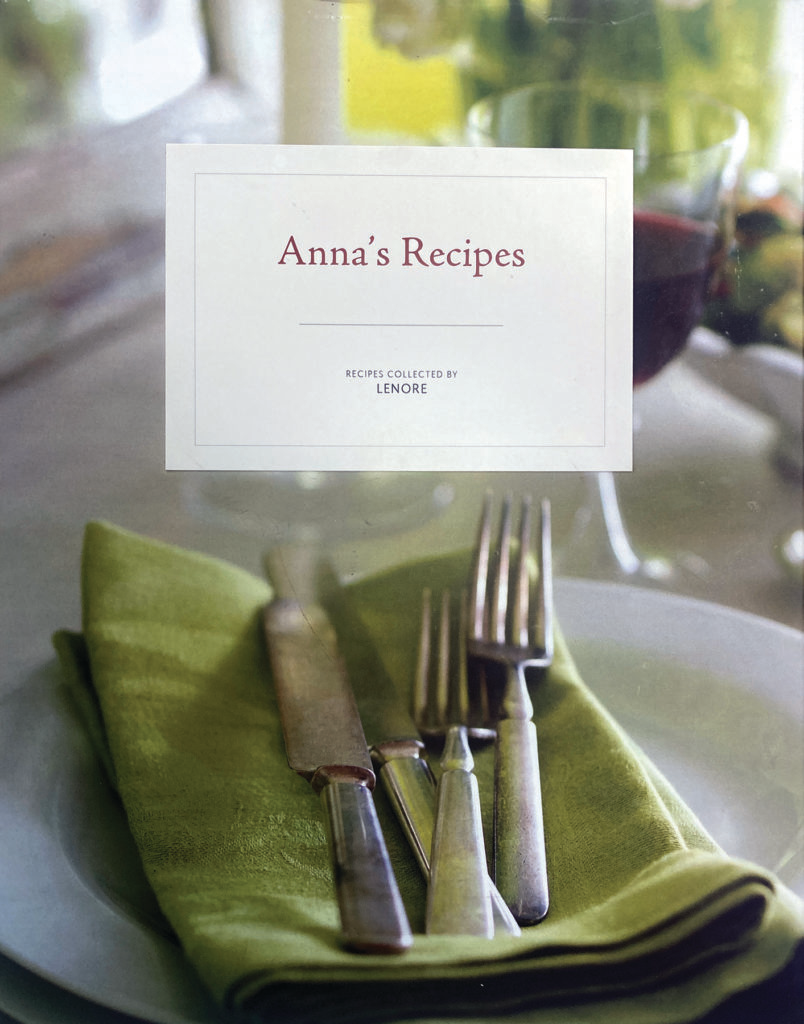
Fast forward 12 years, and the options available for anyone to produce an heirloom family cookbook have exploded. While the company I used has since discontinued its online services, there are plenty more to choose from. You can make a cookbook as simple as typing up recipes yourself and taking those hard copies to a local printer, or uploading recipes to an online template, and including scans of old food-stained recipe cards (the mark of a favorite recipe!) and family photos to use throughout. A newer option is the e-book, easily accessible on a cell phone.
“It’s important to capture this kind of information,” says Robin Rawls, who lives in Montgomery and in Gantt in Covington County where she and her husband, Phil, are members of Covington Electric Cooperative. A Rawls family cookbook, Conecuh River Rats Can Cook, was printed in 2002, spearheaded by Joanne Rawls Mock, their cousin. The Rawls brothers all lived in Gantt, and now their adult children have property near each other on Point A Lake.
The cookbook project prompted Robin and other family members to capture the recipes that hadn’t been written down, she says. “Our parents cooked from knowledge,” she explains, “so it was important to keep them in the family. In the process, you remember the recipes that are meaningful, that link you to holidays as well as everyday events.”
Joanne used the BHG website to gather recipes, as family members entered their contributions online and sent photos to her. She then used the “cut and paste” method with the photos and had 15 to 20 cookbooks printed at an office supply store, in time for a family reunion in Gulf Shores that year. BHG later featured the cookbook in Potluck Magazine in 2003.
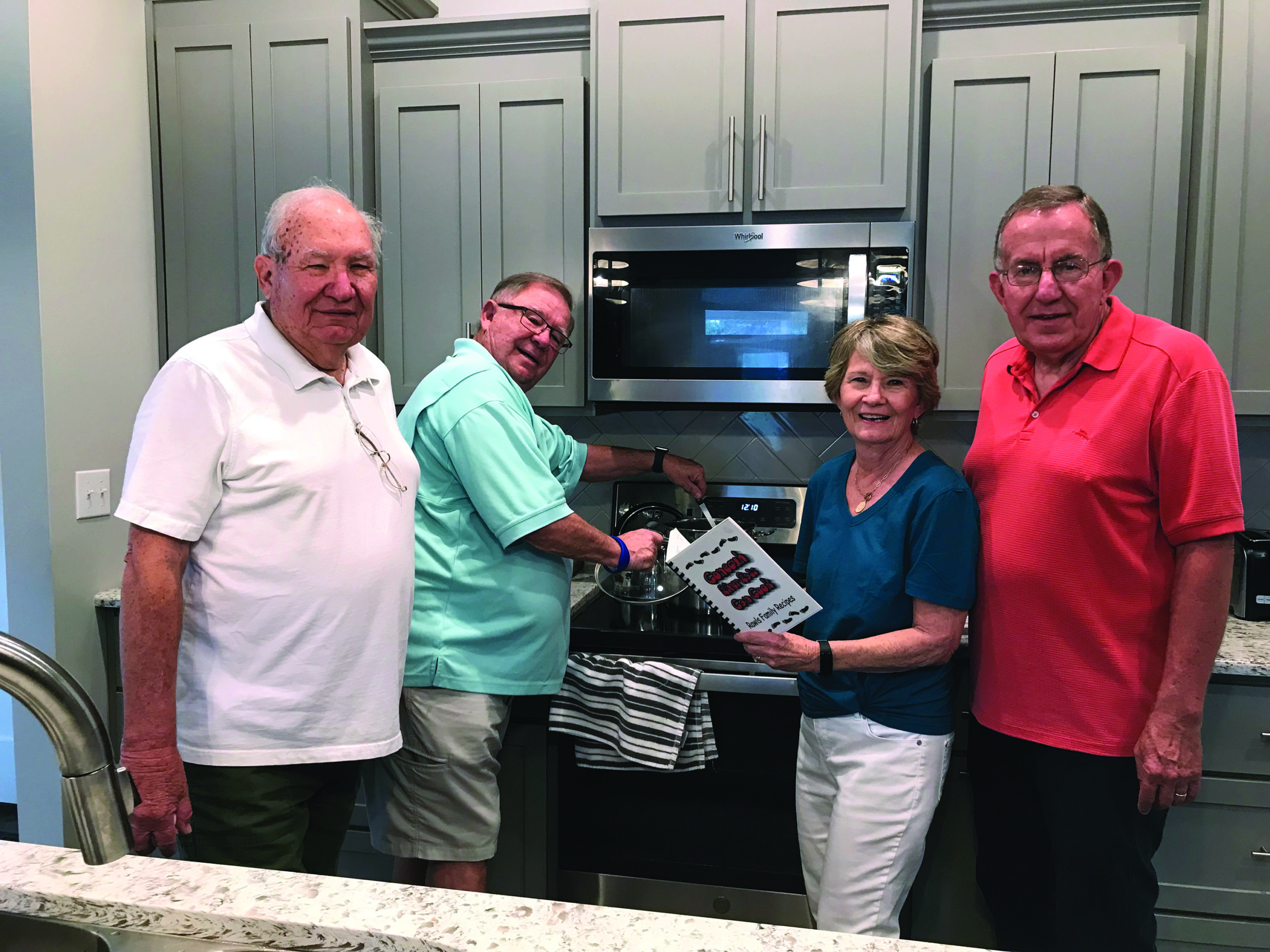
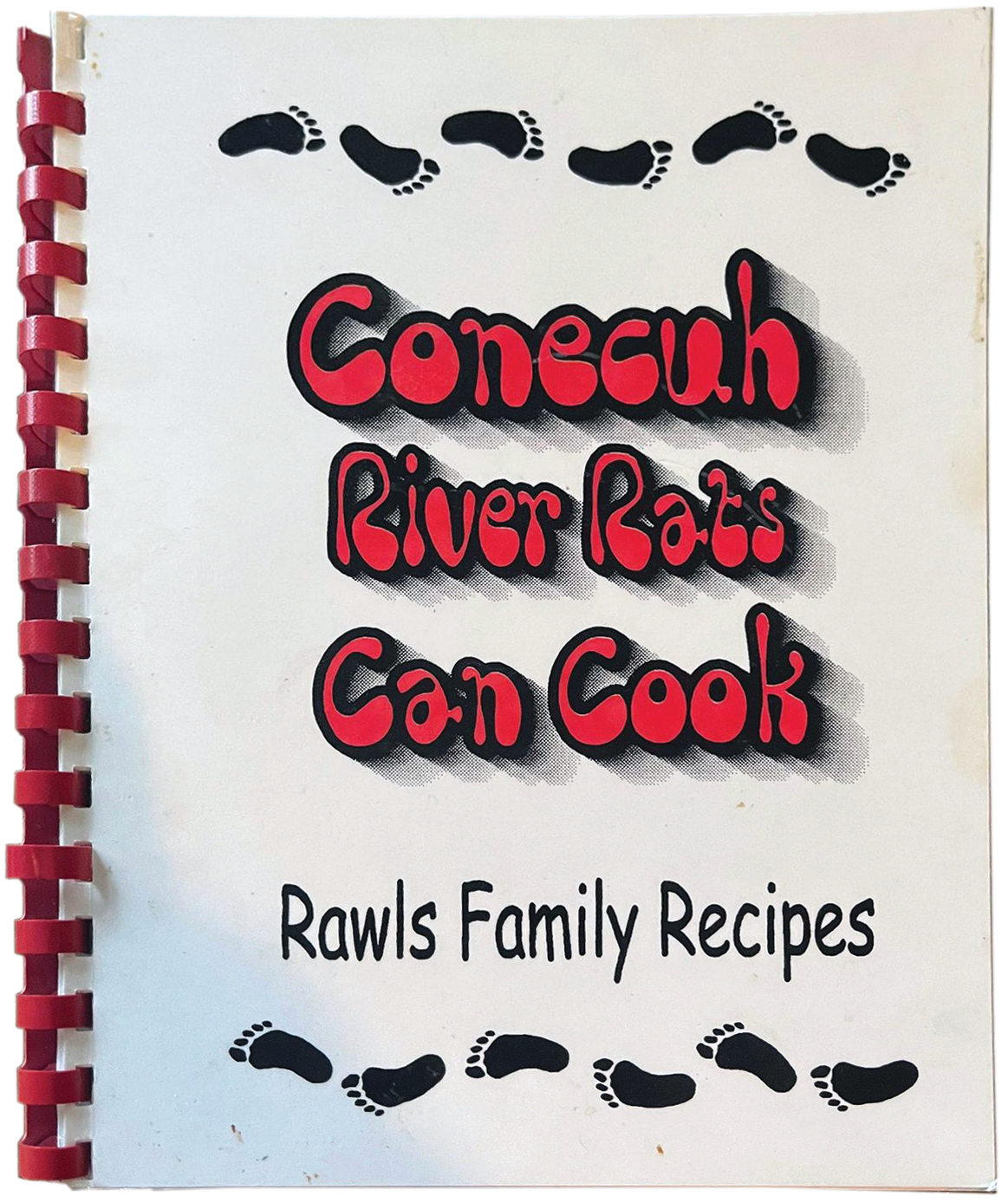
Honoring a mother’s legacy
In 2015, Denise Brassell collaborated with her sisters-in-law, Beth Joiner, Nancy Barnes and Maria Ashmore, to publish a keepsake tribute cookbook, In the Kitchen with Mimi, to her mother-in-law, Alice Melva Owens Brassell, affectionately called “Mimi” by her family. Mrs. Brassell grew up on a farm in rural Henry County close to Baker Hill, served by Pea River Electric Cooperative.
“It only seemed fitting to honor Mimi’s legacy by compiling what we considered to be her most favorite recipes, in some cases our most favorite dishes she prepared, and anecdotes in some fashion,” says Denise. She hand-typed each recipe for the cookbook, then sent them to Friends and Family Cookbook Publishers (the company has since stopped creating new cookbooks, according to its website), and later sent in family photos and original recipe cards to add a personal touch.
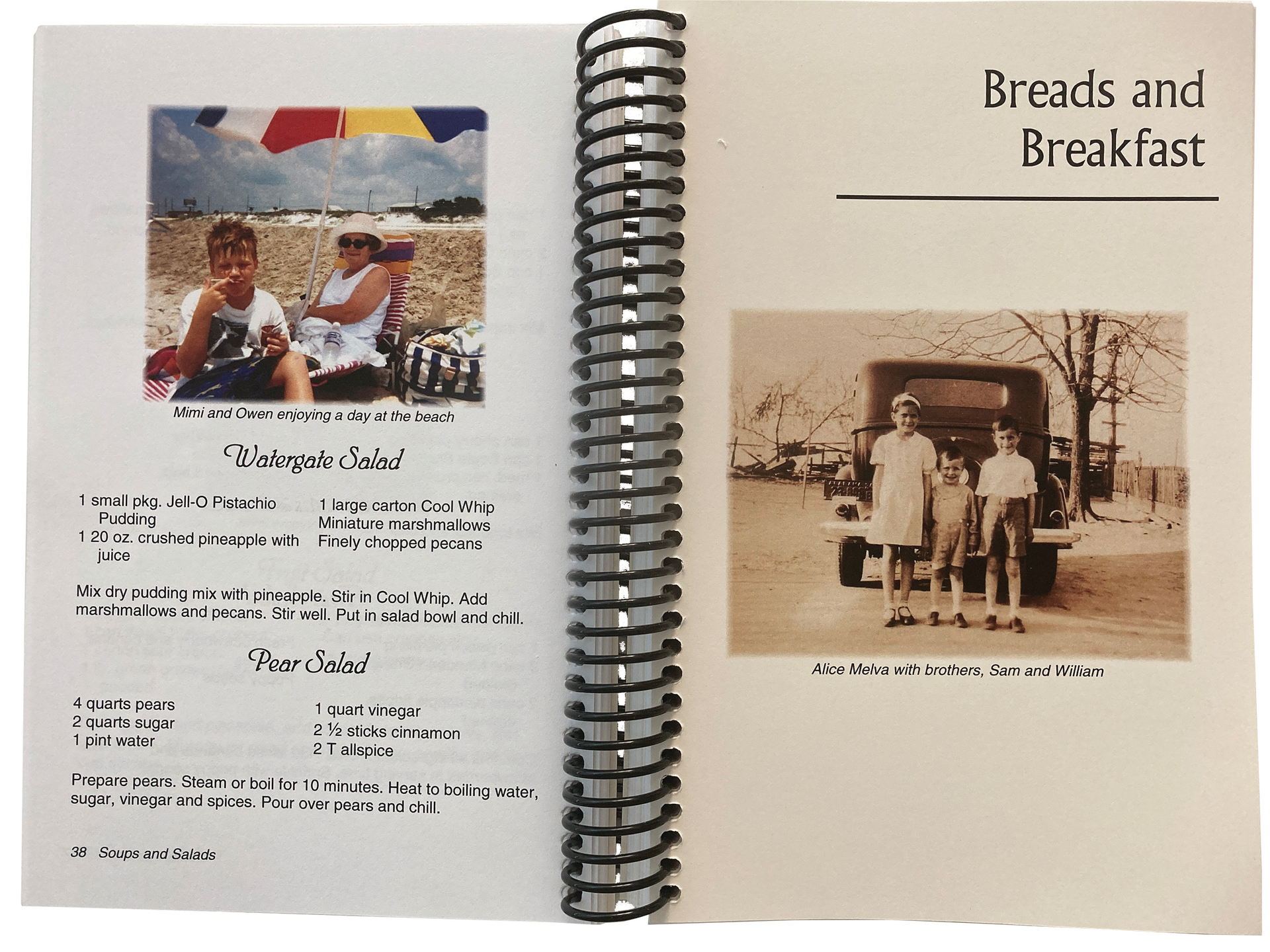

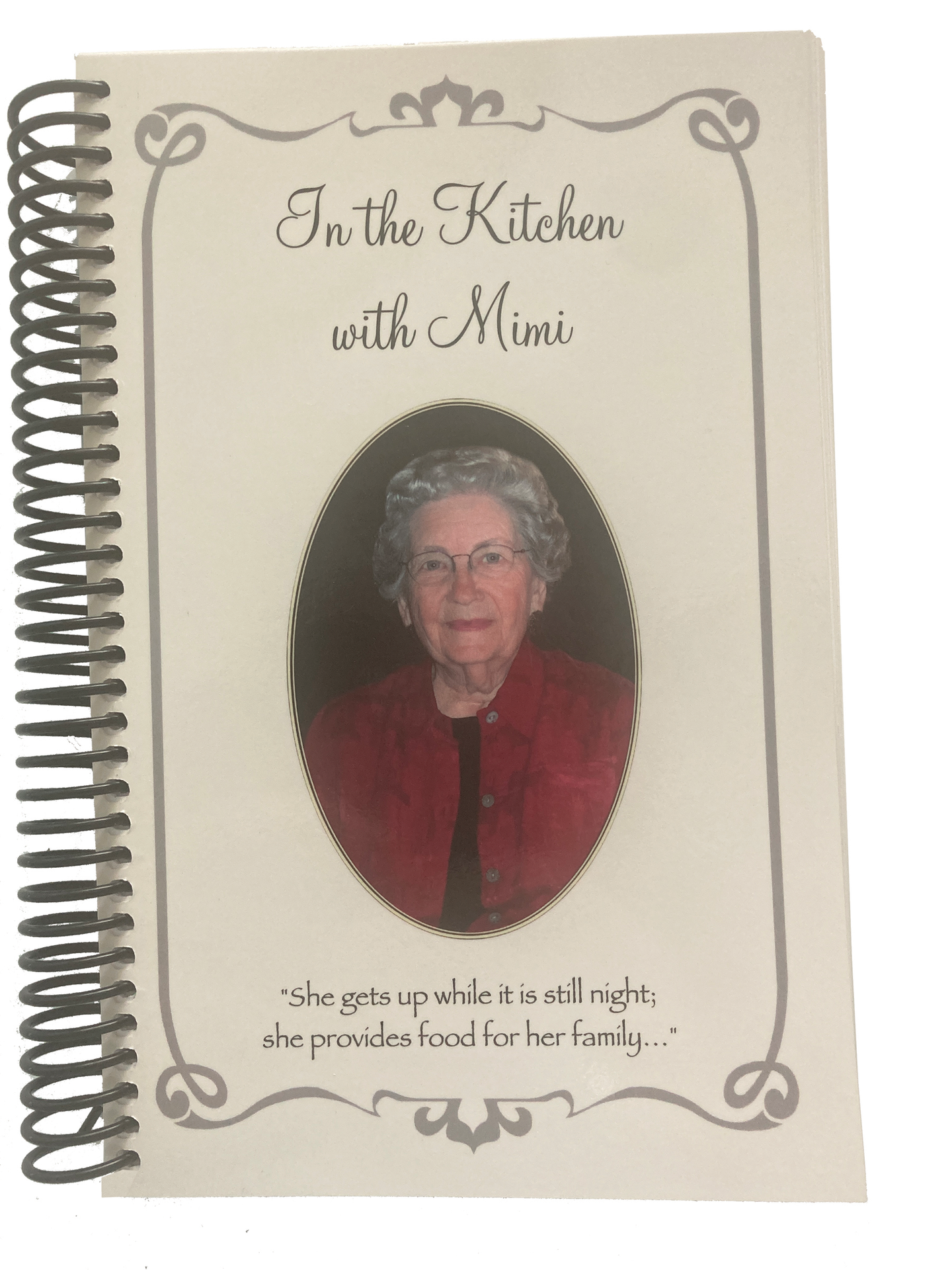

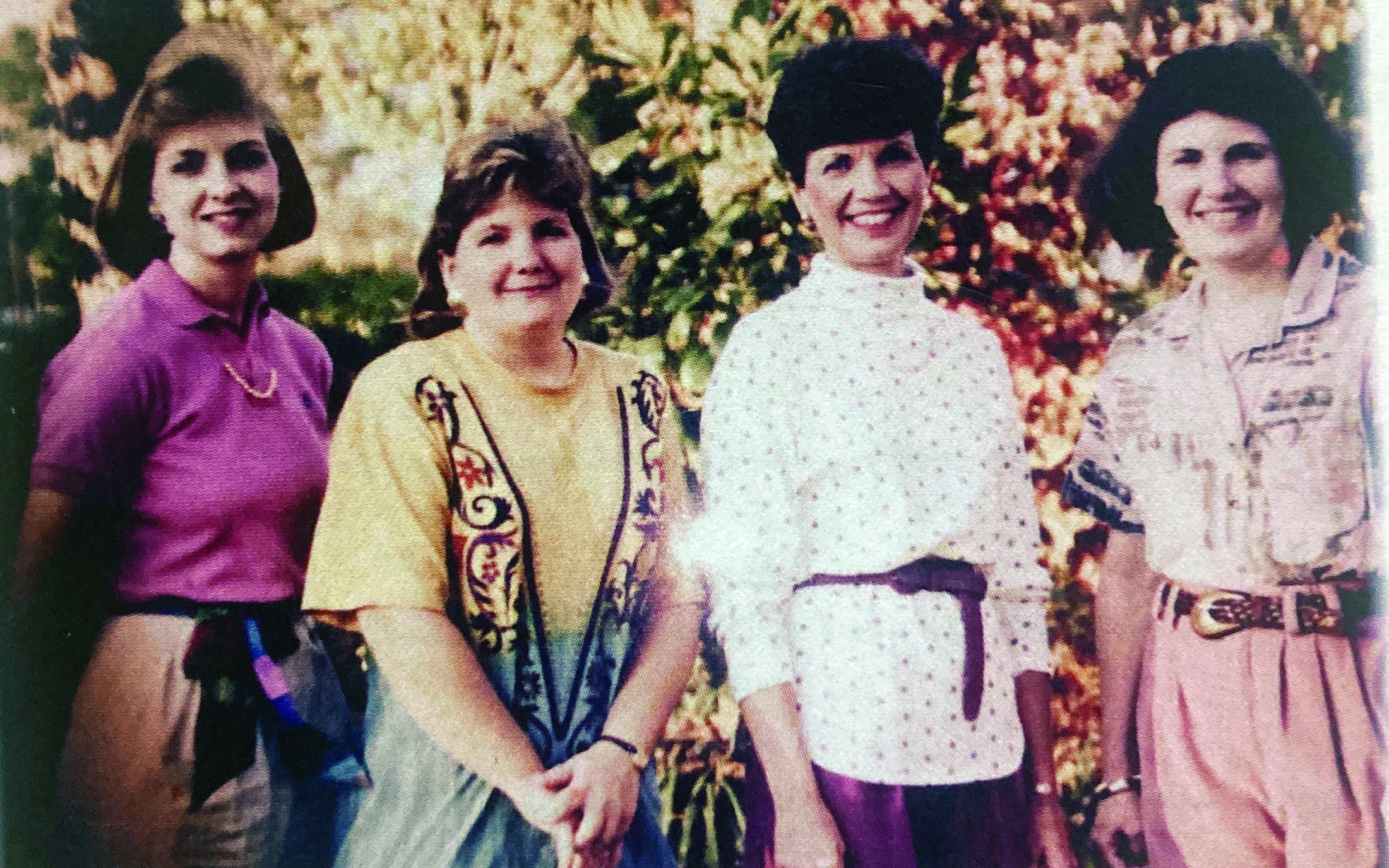
“We went through several edits, changing picture locations and captions over the course of many months before completion,” she says. “The result is a priceless family treasure.” Only 100 books were printed, as “it was mainly intended as a keepsake for family members and friends and as a memorial to Mimi. The cookbook epitomizes who she was while serving on this earth and who she will always be remembered as in our hearts.”
Maria Ashmore remembers her mother being well known for her delicious meals, “even cooking for my dad’s office and Thanksgiving and often cooking at church,” she says. Looking back through the cookbook brings back many memories of her childhood, shelling peas and butterbeans under the oak tree at the family farm house. “I can just visualize my mother in the kitchen making these delicious recipes.”
Family reunions and food go together
Family reunions are often the impetus for creating heirloom family cookbooks like the Conecuh River Rats book. The Pryor Family Cookbook, created in 2007 for a family reunion in Chicago, is a simple spiral-bound compilation of recipes from young and old. Alyse Studivant Williams, now a clinical psychologist in Chicago and a niece of Jackie and Joseph Trimble of Montgomery, assembled the book as part of the reunion fun.
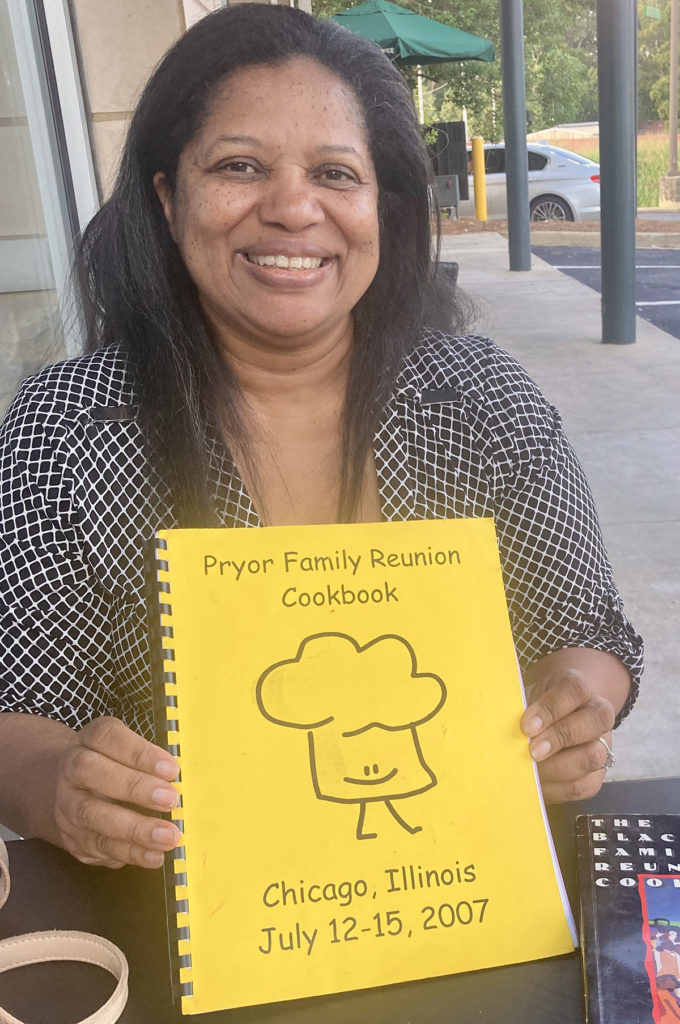
“The idea of the cookbook was conceived as a way to offer connection to each other that we might share the gift of food and perpetuate our legacy in a new and different way,” she wrote in the book’s introduction. Jackie treasures her copy, whose pages are lovingly splattered with bits of ingredients used over the past 15 years.
Her favorite is likely “Mama’s Sunday Biscuits,” from her mother-in-law Marybelle P. Trimble, now 100 years old. “Every Sunday morning she made those biscuits,” Jackie remembers, recalling watching her assemble the flour, shortening, sugar and milk and cutting the dough. The book has some humorous additions from young family members: Joseph Trimble II contributed his “Super Dooper Milkshake” and his younger brother, Joshua Calvin Trible, offered his “Dagwood Sandwich” of bread, bologna, lettuce, ketchup, mayo, tomatoes and mustard.
Besides family reunions, the holidays are another favorite time for creating and giving family cookbooks, according to Christina Gibson, director of growth for Create My Cookbook (createmycookbook.com), an Atlanta-based company which has preserved 5.5 million recipes for families since its founding in 2007.
“The person making the cookbook is often a daughter,” she says, with ages ranging from 35 to 65. But recently an 89-year-old put together a cookbook, proving that even older adults are very capable of using the online software even if they were nervous at the outset.
A healing process
While the process can evoke some sadness for our family’s cooks who are no longer alive, the gathering and reading through the loved one’s recipes actually can be healing, Christina says. “Grandma has recently passed and (the cookbook) is a way to celebrate the grandmother and all the memories she created for her family in the kitchen. It’s a way to relive those moments, to preserve the family memory, the culture and the heritage for future generations.”
Not surprisingly, the most common title for a family cookbook is simply, “Mom.” Most cookbooks average between 30 and 60 pages, and can be published with a hard cover, in a binder (so pages can be added) or as an e-book accessible on a cellphone. “But when it comes down to it, people still like the printed book,” Christina says. YouTube tutorials offer help and design services are offered. The process is “very easy,” she adds.

Marcia Weber of Wetumpka is working on a family cookbook with her 98-year-old mother, Lucia Driggers, who published a book on the settlers of Wicksburg in the Wiregrass area after Marcia’s father, longtime managing editor and publisher of The Dothan Eagle, passed away. That project was an opportunity for her to “get her grieving worked out,” Marcia says, but then she needed another project.
Thus the idea for a family cookbook was born.
“We’re in the compilation process,” she says. “I am so grateful my Mom can still explain certain recipes and the important ingredients which are local to my hometown Wiregrass area. I have driven 100 miles for the right cornmeal (from Pollard’s Mill in Geneva County), and have tried three stores before finding chicken bags to make the chicken broth for dressing.”
Pulling together these “old-timey country cooking” recipes from her mother’s memory has been rewarding for both of them, she says. “We’ve gotten about 40 recipes so far,” including “Mom’s Holiday Dressing,” green rice (made with green onion, celery and green pepper), chicken pot pie, her dad’s chili and her grandmother’s pecan pie.
“The whole point was to preserve family memories for the family,” she says. “We may actually publish it!”





